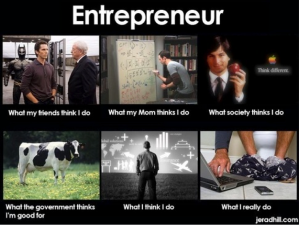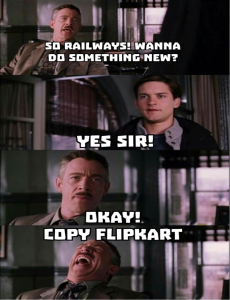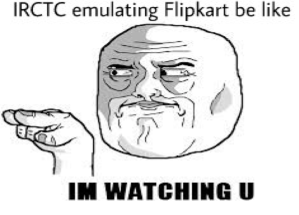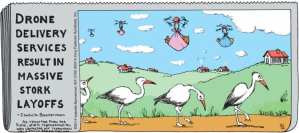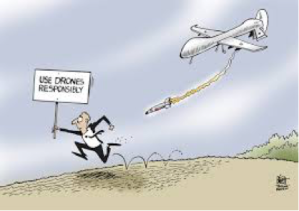Yes, this is what e-tailers were doing since a long time.
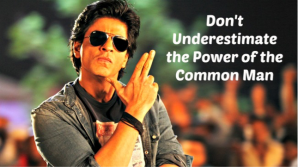
Till now the e-commerce firms were mainly pursuing customers of the age group 18-34 thinking that these were the people who were comfortable with using technology, and hence did a lot of online purchase not realizing that they were overlooking a segment of population that was also eager to spend money online.
Why Target People Over 50?
There are a lot of myths about seniors. Namely, that they don’t shop online or only buy necessities. Therefore, the only advertising directed towards them is related to physical infirmity. However, it is forgotten that these people do buy things other than pharmaceuticals. For instance, these people buy gifts and toys for their grandchildren. Thus, there is a huge demand coming from this segment of society.
Also, the purchasing power of the teens is overestimated. In India, where teens stay with their parents, most of them are unemployed and don’t have a great deal of discretionary income. All the things that they buy are from the pocket money that they get every monthJ. Thus, the seniors have more purchasing power than the teens.
What do the old shoppers look for online?
They mainly look for good quality and value over bargains. However they do use the discount coupons for shopping.
All shoppers today can switch brands with a swipe of the screen. The old shoppers compare a lot of brands before making a purchase. Therefore, the e-tailer should provide detailed information about the product along with visuals to establish a loyal customer base.

Seniors are receptive to email marketing. They respond more to it than to other forms of online communication. Also, providing discount coupons help in attracting older customers. The main idea is to let them know that the firms are interested in doing business with them.
RECENT DEVELOPMENTS
Sensing a big opportunity, the e-commerce ventures are trying to cater to the needs of the senior citizens. Lack of easy offline availability of certain products desired by the senior citizens provides an opportunity for such a venture. Recently, many online portals for the elderly have been created. Senior Shelf and Old is Gold Store are some of the firms that offer mobility aids, toilet safety products and items for arthritis patients. Also, various firms like Healthgenie sell products like wheelchairs; diagnostic aid etc. and Lenskart provide home eye care check up services for the elderly.
– Simran Bhatia J


